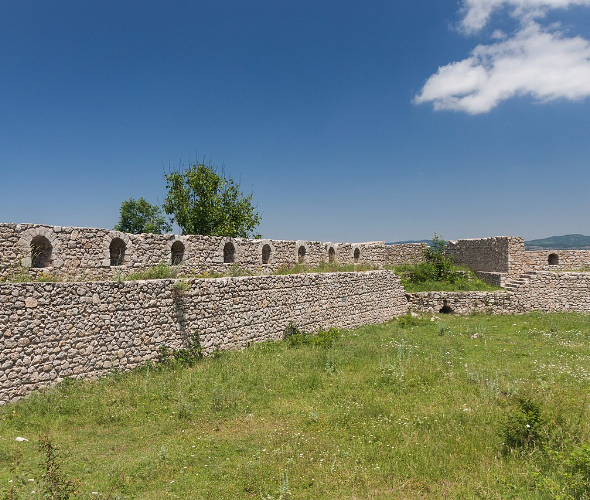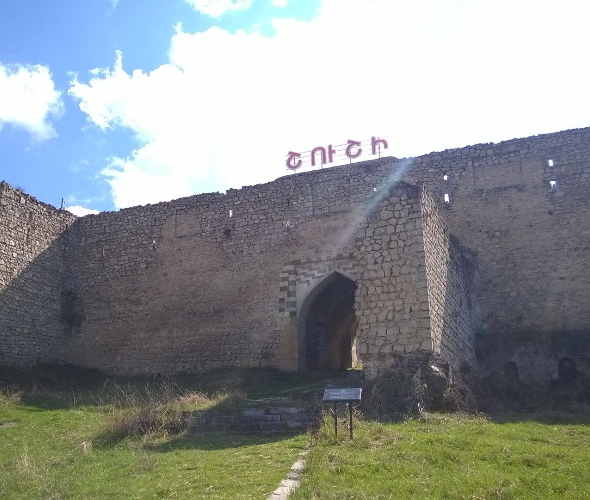Shushi Fortress
Region
Artsakh
Distance from Yerevan
339.7 km
Type
Fortress/Castle
During the political turbulence of the 18th century, following the death of Nader Shah, which ushered in a turning point in Iran, a military leader named Panah Ali—formerly a soldier in the royal army—took advantage of the resulting chaos and relocated first to Shaki, then to Shirvan. There, he began consolidating power, self-declaring himself as the Khan of Karabakh. This move undermined the unity of the Armenian melik (noble) class, particularly the centuries-old alliance of the meliks of Khamsa. From 1748 onward, for about a decade until 1759, Panah Ali gradually strengthened his position, eventually becoming the de facto ruler of the region. Although Ali Ibrahim Shah of Iran recognized Melik Shahnazar's authority, the other meliks of Artsakh opposed this rule, and united in an effort to besiege the fortress of Avetaranots. However, the harsh winter forced them to temporarily abandon the campaign, with the agreement to resume in the spring. In this complex situation, the melik of Varanda turned to Panah Khan, seeking military support. He submitted to him, swore allegiance, and with Panah’s support, avoided the judgment of the other meliks. As a result, to solidify political and familial alliance, Melik Shahnazar married his daughter, Hurzad Khanum, to Panah's son, Ibrahim Khan. As a dowry, he gave them one of the most impregnable and strategically important fortresses in Artsakh—Shushi. Initially, the fortress was named Panahabad, in honor of its founder, but later it came to be known as Shushi, taking the name of the nearby village of Shosh, from which many residents moved to the newly established fortress-town, alongside settlers from Shahbulagh.

Interesting
facts about Shushi Fortress


Facts
Weather in Artsakh
The high season in Armenia lasts for a long time due to the pleasant climate conditions. Warm days in Armenia start in March and last until late autumn; winter is usually snowless and not long. The high precipitation season is variable. The tourist season for Shushi Fortress depends on the weather conditions.







